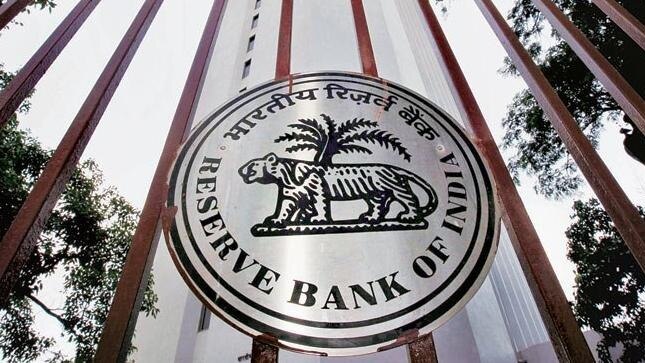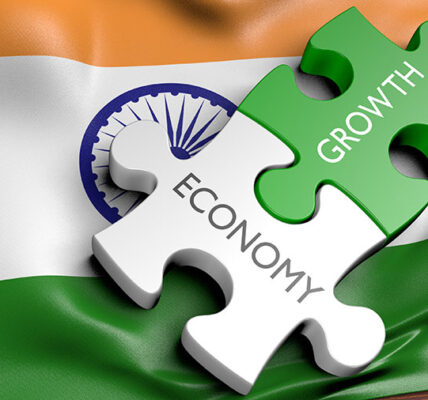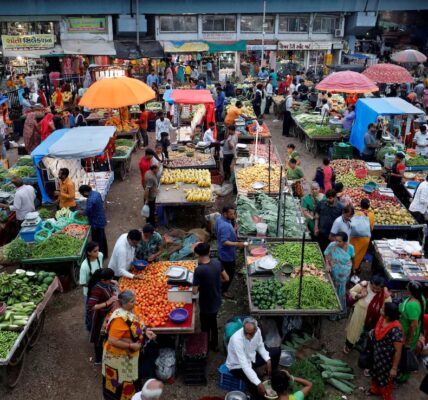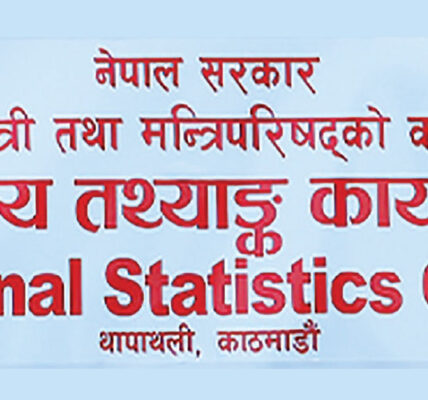Economy exhibiting resilience, GDP to grow at 6.6% in FY25 on revival in rural consumption: RBI report
The Indian economy is demonstrating resilience and stability, with the gross domestic product (GDP) forecasted to grow at 6.6% in 2024-25. This growth is expected to be supported by a recovery in rural consumption, increased government spending and investment, and robust services exports, according to a Reserve Bank of India (RBI) report released on December 30.
The RBI published the December 2024 edition of its Financial Stability Report (FSR), which reflects the overall assessment of the Financial Stability and Development Council (FSDC) Sub-Committee on the resilience of India’s financial system and potential risks to financial stability.
The report highlights that the soundness of scheduled commercial banks (SCBs) has strengthened, with improved profitability, reduced non-performing assets (NPAs), and strong capital and liquidity buffers. Key indicators such as return on assets (RoA) and return on equity (RoE) have reached their highest levels in a decade, while the gross NPA ratio has fallen to a multi-year low.
Additionally, the report notes that macro stress tests show that most SCBs have sufficient capital buffers compared to regulatory minimums, even under adverse stress conditions. These tests also confirm the resilience of mutual funds and clearing corporations.
Regarding the economy, the FSR states that in the first half of 2024-25, year-on-year (YoY) real GDP growth slowed to 6% from 8.2% in H1 2023-24 and 8.1% in H2 2023-24. Despite this deceleration, the report asserts that the underlying structural growth drivers remain intact, with real GDP growth expected to recover in the second half of 2024-25, supported by stronger domestic factors such as public consumption and investment, as well as continued growth in services exports and favorable financial conditions.
On inflation, the report forecasts that the disinflationary effects of a strong kharif harvest and promising rabi crop prospects will help ease foodgrain prices. However, it also warns that the increasing frequency of extreme weather events continues to pose risks to food inflation dynamics.
Moreover, ongoing geopolitical tensions and geo-economic fragmentation may place upward pressure on global supply chains and commodity prices.
The RBI also provided an update on India’s International Investment Position (IIP) as of September 2024.
Key Features of IIP in end-September 2024:
- Net claims of non-residents on India declined by $19.8 billion during Q2:2024-25 to $348.5 billion in September 2024.
- Higher rise in Indian residents’ overseas financial assets ($66.5 billion) compared to that in the foreign-owned assets in India ($46.7 billion) led to the decline in net claims of non-residents during the quarter.
- Over 80 percent of the increase in overseas financial assets during July-September 2024 was due to the surge of $53.8 billion in the reserve assets.
- Reserve assets had 63 percent share in India’s total international financial assets in September 2024 (Table 2).
- Rise in inward portfolio investment ($16.5 billion) and loans ($15.4 billion) together accounted for over two-thirds of the rise in foreign liabilities of Indian residents during the quarter.
- Variation in the exchange rate of rupee vis-a-vis other currencies impacted the change in liabilities, when valued in US dollar terms.
- The ratio of India’s international assets to international liabilities improved to 76.2 percent in September 2024 from 74.1 percent a quarter ago and 71.4 percent a year ago.





